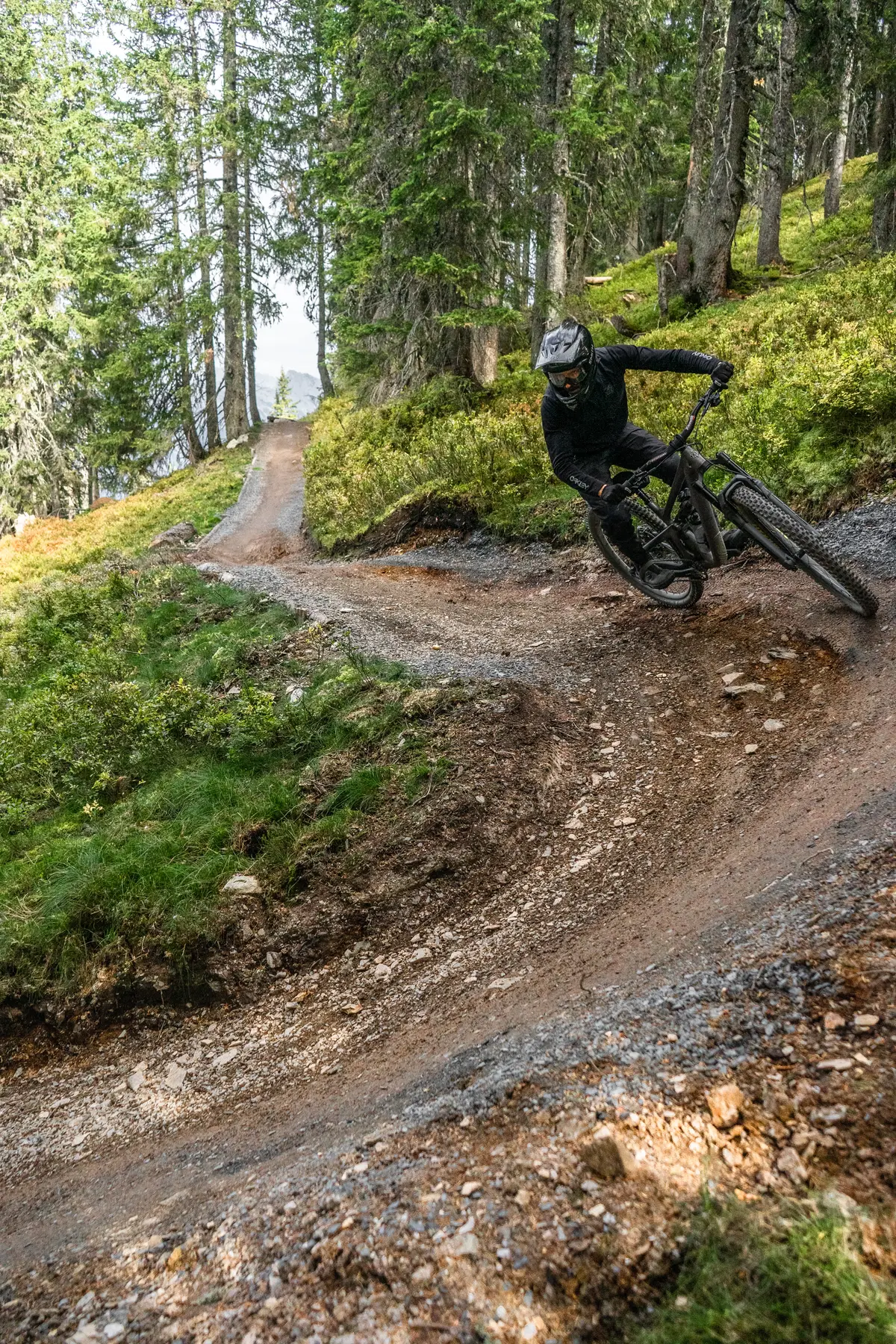
Tackling the Trails: A Guide to Mountain Bike Suspension Adjustment for Wet and Rainy Conditions
Mountain biking in wet and rainy conditions can be an exhilarating challenge, pushing riders to adapt their skills and equipment. One crucial aspect of your mountain bike that requires careful consideration in such conditions is the suspension system. In this guide, we’ll delve into the essential Bike suspension adjustment you can make to your mountain bike’s suspension to ensure a safer, more controlled, and enjoyable ride when the trails are wet.
Inspecting Your Suspension Components for your Bike suspension adjustment.
Before making any adjustments, it’s crucial to conduct a thorough inspection of your mountain bike’s suspension components. Check for any signs of damage, wear, or contamination. Clean and lubricate the stanchions, seals, and pivots, as wet and muddy conditions can accelerate wear and affect performance.
Bike Suspension Adjustment and Setting the SAG
Traction is a premium, and adjusting your SAG is a fundamental step. Increase your sag slightly to provide a more plush ride and enhance traction. This adjustment allows your suspension to respond more actively to the trail’s irregularities, maintaining better contact with the ground. We have a blog post dedicated to this topic here. In addition SAGLY, a complete mobile guide for your mountain bike settings and maintenance has a SAG calculator integrated. Download SAGLY here from the App Store or google play store.
Compression Damping
Firstly compression damping controls how fast your suspension compresses when you hit an obstacle. For wet and slippery conditions, consider opening compression damping to allow the suspension to absorb impacts more gradually. This bike suspension adjustment can enhance traction on unpredictable terrain, preventing your bike from bouncing or losing contact with the ground. Like rebound compression can have two types of adjustments. Low and high speed. We have a blog post which explains each suspension setting on a MTB in more detail here. You can also check out this blog post and dive in to low speed compression.
Rebound Damping and Bike Suspension Adjustment:
Rebound damping determines how quickly your suspension extends after compression. In wet conditions, a faster rebound can prevent your bike from feeling unsettled on slippery surfaces. Experiment with opening up your rebound settings to ensure your tires stay in contact with the ground for improved stability. The reason why we turn the rebound in the counter clock-wise direction is due to the lower air pressure we have now because we have increased SAG.
Fine-tuning High and Low-Speed Compression:
Many modern mountain bike suspension systems offer separate bike suspension adjustment for high and low-speed compression. However in wet conditions, consider dialing back both high and low-speed compression. This will help you to enhance sensitivity and traction. Moreover this adjustment allows your suspension to respond more effectively. And this resonses are more effective on both small bumps and larger impacts.
Choosing the Right Tires:
While not a suspension adjustment, tire choice is critical in wet conditions. Opt for tires with a more aggressive tread pattern and softer compound for increased grip. Accordingly lowering tire pressure slightly can also enhance traction by increasing the contact patch.
Regular Maintenance:
After each wet ride, make it a habit to clean and inspect your suspension components thoroughly. Hence mud and water can accelerate wear, and regular maintenance ensures your suspension performs optimally in all conditions.
As a general rule try these specific changes on your bike when riding in the rain:
- Decrease Air pressure by 3-5 PSI in shock or fork.
- Turn rebound and compression counter-clockwise 1 click. Due to lower air pressure these adjustments will help you to have great settings also for wet conditions.
- Decrease Air pressure in tires by 5 PSI.
Mastering mountain bike suspension adjustments for wet and rainy conditions requires a combination of understanding your bike’s components and fine-tuning settings based on trail conditions. By making thoughtful adjustments and regularly maintaining your equipment, you can transform your wet rides into thrilling and controlled adventures. Embrace the challenges, experiment with your setup, and revel in the unique experience of mountain biking. This should be in adverse weather conditions. Do not forget to download SAGLY. SAGLY has a built in feature which recommends you adjustment on your mountain bike suspension settings for wet conditions.
Download SAGLY, a complete mobile guide, which helps you set up your MTB settings and maintain your bike.

